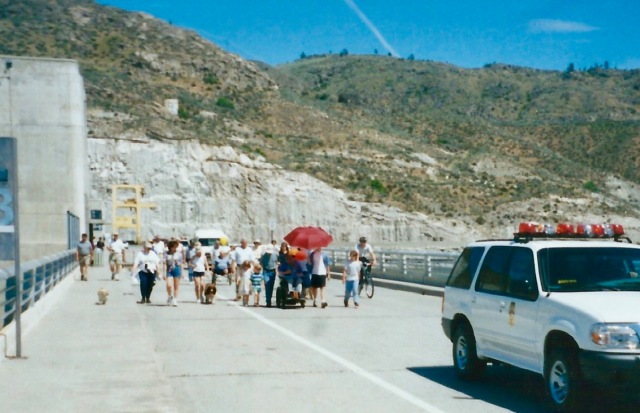
If my late husband could’ve written his memoir, the title might have been “From Millionaire to Medicaid in One Not-so-easy Stroke.” Some twenty percent of U.S. citizens access health care through Medicaid, the government program for the elderly, disabled and poor. John certainly never expected to be one of them. He was a successful, small-town newspaper publisher when he was paralyzed by a brain stem stroke at age 61. Diagnosed with “Locked-In Syndrome,” John’s fully functioning brain was locked inside a body that could not move, speak or eat.
He required skilled and vigilant care 24/7. He was fed through a stomach tube. A tracheotomy tube protected his airways. He communicated by blinking his eyes, using a simple alphabet code. We were determined that he would live at home, not in a facility. We had good insurance, but insurance doesn’t cover everything and eventually benefits run out.
We sold our newspaper—the beloved business that had brought us together and been our shared life—for a million dollars and change. I spent it all. I spent it on paid caregivers, reducing my caregiving load to only 80 or 90 hours a week. I spent it on assistive devices—everything from a talking computer to a specially designed shower chair. I spent it on physical, occupational and speech therapy. Daily therapy motivated John to live.
There’s a medical myth that stroke survivors “plateau” or stop recovering anywhere from six months to two years after the event. Seven years after his stroke, John was finally able to steer his electric wheelchair, leading a parade of friends and family across the mile-long spillway of Grand Coulee Dam. It was a publicity stunt to dramatize the importance of long-term therapy for stroke survivors. John’s determination drew national media attention.
Ultimately our money ran out. It’s been well established that medical bills are the chief reason for family bankruptcy in the United States. I knew of broken-hearted spouses who were forced into so-called “Medicaid divorces,” the only way they could get care for their loved ones. We escaped both bankruptcy and divorce with the help of an adept attorney. When I expressed embarrassment to a social worker about receiving state aid, she contrasted what we were receiving to what it would cost to put John in a nursing home, where nearly two-thirds of Medicaid patients live.
“The state’s getting a bargain,” she said.
Nearly fourteen years after his stroke, John died of respiratory failure. He did not leave a wealthy widow, but those fourteen years were the richest time of my life.
Because of today’s political climate, Medicaid cutbacks are apparently inevitable. Under proposed legislation, they won’t be immediate. It’s more like the proverbial frog who sits calmly in warm water on the stove. When the water ultimately gets too hot, it’ll be too late. We’re all going to feel it in when we reduce what is already minimal care for our poor, disabled and elderly.
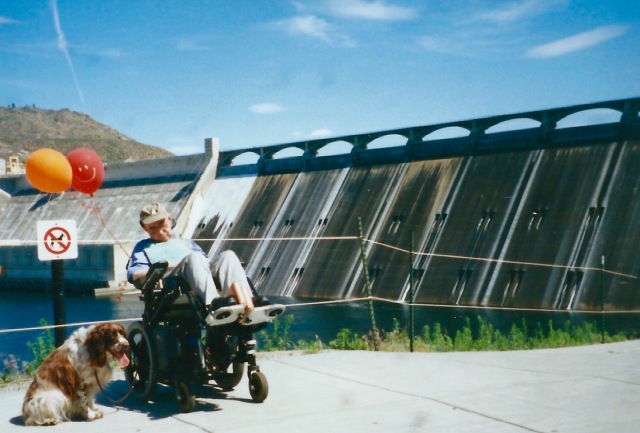

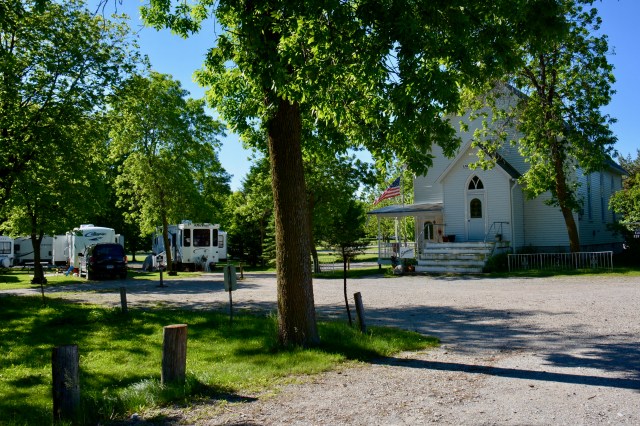
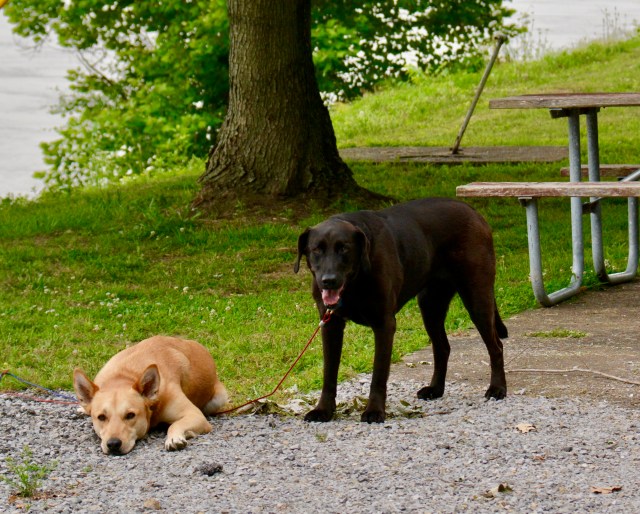
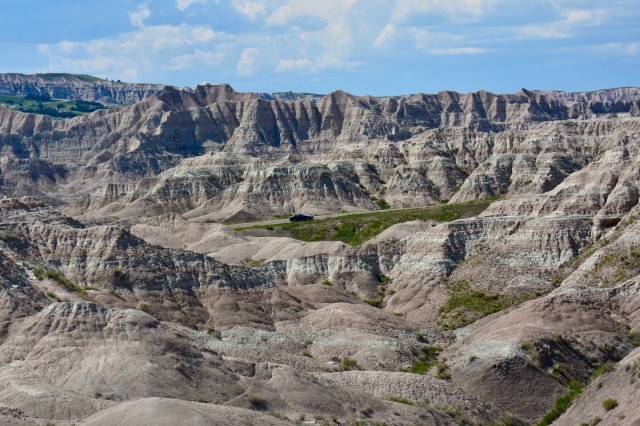
 I was inspired to travel the Oregon Trail after reading “Women’s Diaries of the Westward Journey” by Lillian Schlissel. The book is a compilation of what women’s records of their experiences during the massive exodus between 1840 and 1870. The women bluntly describe the hardships, danger, congestion, duplicity, disease and starvation that were rampant. A quarter of a million Americans gambled that they’d survive the trip. Ten percent lost the gamble. A not infrequent cause of death for women was childbirth.
I was inspired to travel the Oregon Trail after reading “Women’s Diaries of the Westward Journey” by Lillian Schlissel. The book is a compilation of what women’s records of their experiences during the massive exodus between 1840 and 1870. The women bluntly describe the hardships, danger, congestion, duplicity, disease and starvation that were rampant. A quarter of a million Americans gambled that they’d survive the trip. Ten percent lost the gamble. A not infrequent cause of death for women was childbirth.
 newlyweds, on the trail with Nathan’s parents, five brothers and other relatives. They’d gone no further than current Nebraska when Rachel came down with cholera one morning and died that evening. Nathan buried her there, finding a rock on which to carve her headstone. After great privation, the Pattisons ultimately reached Fort Vancouver. Nathan never remarried. He died in Olympia at the age of 67.
newlyweds, on the trail with Nathan’s parents, five brothers and other relatives. They’d gone no further than current Nebraska when Rachel came down with cholera one morning and died that evening. Nathan buried her there, finding a rock on which to carve her headstone. After great privation, the Pattisons ultimately reached Fort Vancouver. Nathan never remarried. He died in Olympia at the age of 67.
 Fortunately for me, my sister’s personal totem is the butterfly. Otherwise I probably would’ve skipped visiting the
Fortunately for me, my sister’s personal totem is the butterfly. Otherwise I probably would’ve skipped visiting the 
You must be logged in to post a comment.